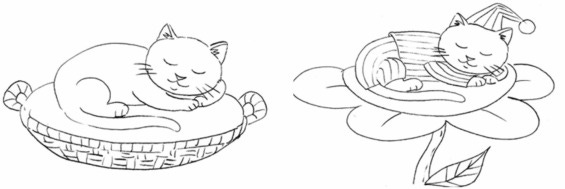Creativity and Neurodivergence: What New Autism Research Reveals
New findings suggest that the creativity often attributed to autistic individuals may actually stem from a different source
Note: At PsychVox, we typically focus on highly practical new research: covering interventions, concrete findings and clinical overviews related to mental health disorders, and even how technology is shaping clinical practice. Today’s summary takes a different approach. Rather than offering direct implementation strategies, it deepens our understanding of personality, creativity, neurodiversity, and the slow, layered way research builds understanding, adding nuance, depth, and perhaps complexity over time.
"Our results highlighted that 'being different' can become and be perceived something positive, i.e., being more creative”
"Our results support the idea that, at least for the specific field of creativity, individuals with ASD have a well-developed concept of self and a set of beliefs that are coherent with reality, consider their characteristics as strength and, while acknowledging diversity, also recognize that it could be a value.
"We conclude that enhanced creativity, where observed in autistic people, is likely to be driven by co-occurring ADHD."
"Several core features of ADHD, including heightened distractibility and impulsivity...are thought to boost creativity through an enhanced ability to think flexibly and switch between different perspectives and approaches to generate novel ideas."
The idea that autism is linked to enhanced creativity has gained traction both in public discourse and clinical advocacy. It's an appealing narrative and one that reframes autism not just in terms of challenges but as a unique lens on the world. But according to new research, the story may be more nuanced.
A 2024 study examined creativity in autistic and neurotypical adults, focusing not only on performance but on how each group thinks about creativity itself. Researchers studied 94 adults, half diagnosed with Autism Spectrum Disorder (ASD), and found that autistic individuals outperformed neurotypical peers in generating statistically rare responses on a verbal creativity task, known as the Alternative Uses Task, a measure of divergent thinking.
[unrelated side note: You can go through this test yourself here]
Divergent thinking is a thought process where a person generates creative ideas by exploring many different possible solutions. Some examples of this process include brainstorming or thinking of alternative uses for an object. In the Alternative Uses Task, the strength of a person’s divergent thinking was measured through:
Fluency, or a measure of the number of responses that appropriately answer the prompt
Originality, which measures the novelty of each response
Flexibility, or the categories covered through the ideas
Elaboration, the amount of information provided for each idea
Another measure of creativity was the Triangle Task. Participants were first asked to draw a simple, familiar image using two triangles, like a basic cat, and then create a second version that was more creative or unusual. They were shown examples to help them understand the difference between a typical drawing and a creative one. Judges then scored the drawings based on how much the triangles were changed in shape or direction, how original the idea was compared to others, and how many details were added. This gave researchers a visual way to assess creative thinking beyond words.

Going back to the study, researchers found that the advantage in linguistic originality persisted into adulthood, even as other creativity dimensions including fluency were comparable across groups.
The study also revealed how autistic individuals conceptualize creativity. They rated themselves as more creative, tended to view creativity as innate, and placed less value on social interaction as a source of creative growth. Importantly, they saw “being different” not as a deficit but as a feature of creativity: a perspective that aligns with neurodiversity-affirming frameworks.
But newer research challenges these findings.

